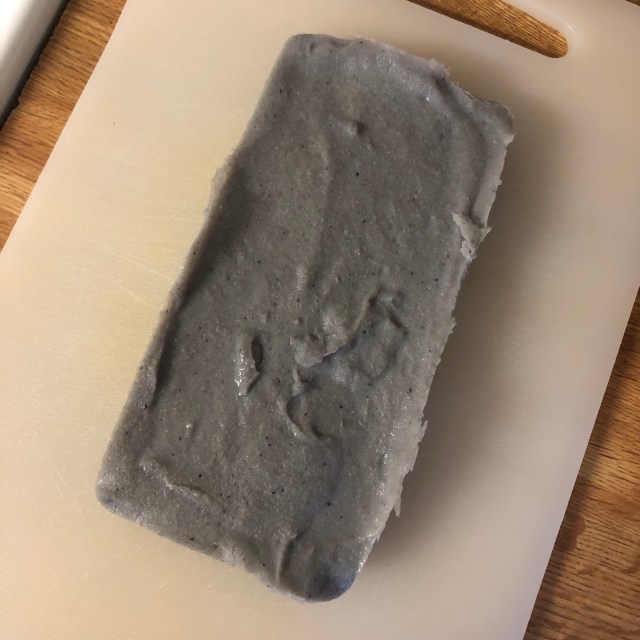Things have been a bit quiet around the blog lately. That’s partly due to some employment changes (I took on a new job and am adjusting to new hours and roles, etc.), but it’s largely due to everything needing to be harvested all at once.
The last two weeks have been a canning bonanza.
First there was SO MANY TOMATOES. At this point we have a year’s worth of salsa, pasta sauce, butter chicken sauce, and crushed tomatoes, so we’re juicing the rest of it. And that takes quite a bit of work.
Looking ahead, I knew I’d need more freezer space, so I went about juicing a bunch of rhubarb and canning the juice.

And then there were the beets. Eighty-eight pounds of beets. I pickled most of them and pressure canned some in water.
While all this was going on I also set up a batch of jalapeño wine, juiced all our grapes for grape wine, set up rhubarb wine, and set up beet wine.
And while I was working away in the kitchen, John was outside harvesting well over a hundred pounds of squash, a couple hundred pounds of potatoes, and enough carrots and parsnips to feed an army.
And there is still more to go.
Preparing for winter
As we harvest our produce, we’re leaving the property as bare earth again. But there’s still a lot of work to do before things are finally down for the winter.
The most important is planting the garlic, which John will do toward the end of this month. He’ll insulate it with squash leaves and other garden greenery. The garlic will hibernate over winter and then be one of the first things to break through the soil in the spring.
While we didn’t get much of anything from our mushroom beds, we might try overwintering them with squash leaves too. If we can successfully do that, it’s possible the mushrooms will spring to life when the weather warms again next year. If we don’t see action, we’ll try again with new mushroom kits.
And once the urgent canning is done, likely in early November, we’ll turn to canning the less urgent things. We have a ton of dried beans to can in water so they’re ready for cooking. I might also make some pumpkin purée and stick it in the freezer. And as we near January, we’ll figure out strategies for using or preserving the squash and potatoes before they go bad (which usually happens around February).

Enjoying the fruits of labour
I have cursed out loud several times these past couple weeks at the record harvests we’ve brought in. (Squash was about the same and potatoes were a little less, but most other things far out-produced last year.)
But I know come December when it’s all truly and finally done that I will be glad we did it. We’ll have veggies for a full year, fruit for several months, juice for maybe eight or nine months, and proteins (beans) to supplement dinners for a full year.

Not only does this mean convenience—I have everything on hand and in the case of things like veggies in the freezer, they’re already peeled and chopped—but it saves a TON of money over the year through grocery savings. People keep telling me about the rising cost of produce at the store and that hasn’t hit me because we buy next to no produce.
And as the spring rolls around, I’ll be ready to do it all over again.
Photo dump
Here are some snaps I’ve taken of the wind-down of the garden.

















































































